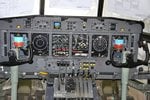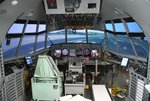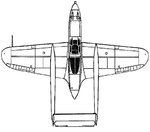First none of the P-39s carried 60 rounds of 37 mm ammo, the standard references indicate that the capacity of the ring magazine in the D and later models being 30 rounds. Second, while the ammo boxes may have been able to hold 4000 rounds of .30 ammo, hopefully they were never filled.
References indicate that the .50 Browning fired at about 600 rpm when syncronized, so 200 rpg would have given about 20 seconds worth of fire.
Piper106
I stand corrected on the number of 37mm shells. 60 is the number of a P-400´s 20mm shells. And I meant the cal.30-06 machine gun had 1,000 rounds each. IMO the ideal number of guns and amount of ammo depends on what the plane is supposed to do. Your four-gun proposal would probably be the better choice for an interceptor.




